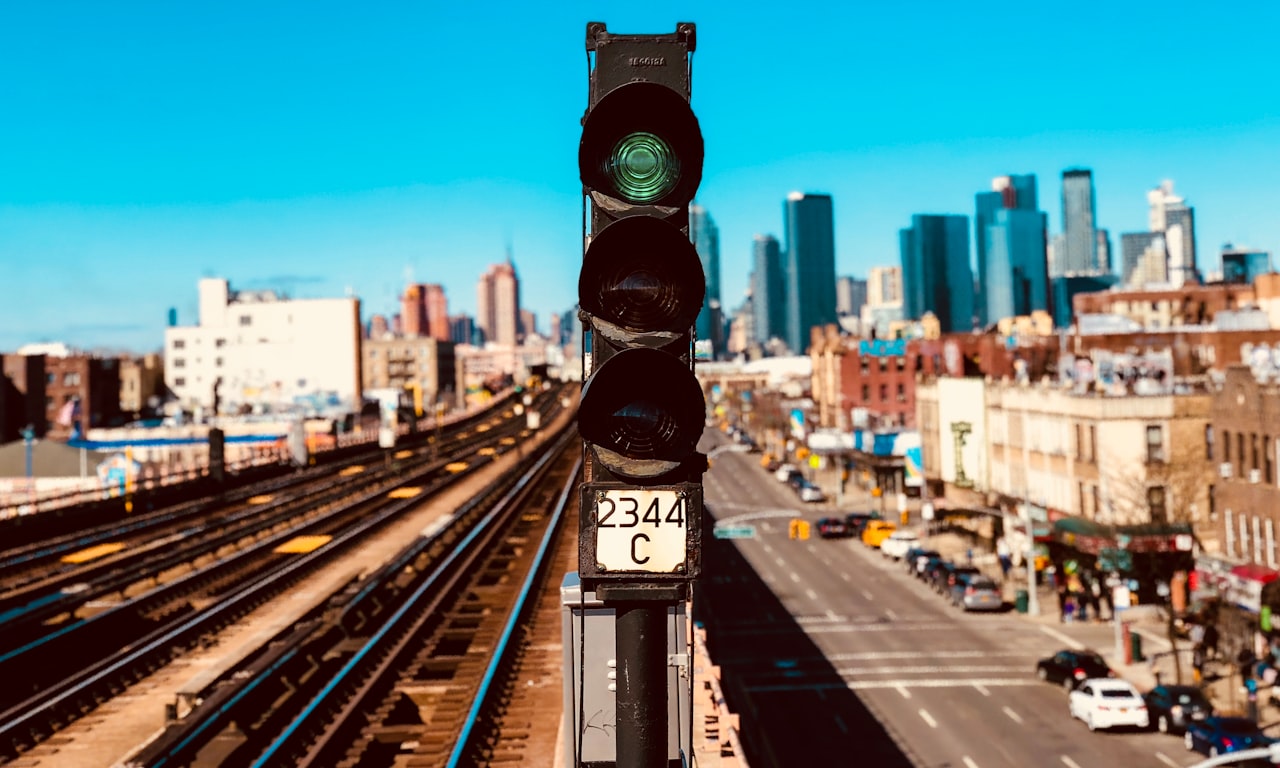
When it comes to ensuring the safety of buses at railroad crossings, there are specific regulations and procedures that bus drivers must adhere to. This includes coming to a complete stop at designated railroad crossings, opening the bus doors to listen and look for approaching trains, and ensuring that all passengers are seated and safe. These safety measures are crucial in preventing accidents and ensuring the well-being of passengers and drivers.
Effective communication between bus drivers and train operators is essential in preventing injuries and collisions at railroad crossings. Bus drivers must be in constant communication with train operators to ensure that it is safe to cross the tracks. This communication can be facilitated through the use of two-way radios or other communication devices, allowing for real-time updates on train schedules and track conditions.
Preventing injuries and collisions at railroad crossings is a top priority for bus drivers. This involves not only understanding safety regulations and procedures, but also being vigilant and aware of potential dangers. Bus drivers must be trained to recognize signs of an approaching train, as well as know how to react quickly and effectively to avoid a collision. Additionally, maintaining a safe distance from the tracks and being prepared to stop if necessary are crucial elements in injury prevention.
There are legal requirements for buses at railroad crossings that must be strictly followed. These requirements may vary by jurisdiction, but generally include stopping at all designated crossings, yielding to approaching trains, and ensuring the bus is clear of the tracks before proceeding. Failure to comply with these legal requirements can have serious consequences, making it imperative for bus drivers to be well-informed of laws and regulations related to railroad crossings.
Not opening the bus door at railroad crossings can pose significant risks to passengers and drivers. By not opening the door to listen and look for approaching trains, bus drivers risk the possibility of a collision that could result in injuries or even fatalities. It is important for bus drivers to understand the potential dangers of not following this safety procedure and prioritize the well-being of those on board.
Bus drivers play an essential role in ensuring the safety of passengers at railroad crossings. This involves not only adhering to safety regulations and procedures, but also effectively communicating with passengers about the importance of remaining seated and calm when crossing the tracks. Additionally, bus drivers must be prepared to act quickly in the event of an approaching train, ensuring that passengers are safe and out of harm’s way.
Technological advances have greatly improved the safety of buses at railroad crossings. From the implementation of automatic stop arms and warning systems to the use of GPS tracking and real-time communication devices, technology plays a significant role in preventing injuries and collisions at railroad crossings. These advances contribute to enhancing the safety of buses and their passengers, providing additional peace of mind for both drivers and operators.
Les bus ouvrent la porte aux passages à niveau dans le cadre des directives de protection et des procédures visant à garantir le bien-être des passagers et des conducteurs. Cela permet aux conducteurs de bus de se concentrer et de surveiller l’approche des trains, évitant ainsi les accidents et les collisions potentiels.
Les exigences légales pour les bus aux passages à niveau incluent généralement l’arrêt aux passages à niveau, céder le passage aux trains approchants et s’assurer que le bus est dégagé des voies avant de continuer. Le non-respect de ces exigences peut entraîner des conséquences graves, ce qui rend essentiel que les conducteurs de bus soient bien informés des lois et règlements concernant les passages à niveau.
Ne pas ouvrir la porte du bus aux passages à niveau peut poser de graves risques tant pour les passagers que pour les conducteurs. Cela augmente le risque de collision pouvant entraîner des blessures, voire des décès. Il est essentiel que les conducteurs de bus comprennent les risques potentiels de ne pas suivre cette procédure de sécurité et qu’ils accordent la priorité au bien-être des personnes à bord.
Les conducteurs de bus jouent un rôle crucial dans la garantie de la sécurité des passagers aux passages à niveau en respectant les règles et procédures de sécurité, en communiquant efficacement avec les passagers et en étant prêts à agir rapidement en cas d’approche d’un train. Cela garantit que les passagers sont en sécurité et hors de danger.
Les progrès technologiques, tels que les bras d’arrêt automatisés, les systèmes d’avertissement, le suivi GPS et les dispositifs de communication en temps réel, ont considérablement amélioré la sécurité des bus aux passages à niveau. Ces avancées contribuent à renforcer la sécurité des bus et de leurs passagers, offrant une tranquillité d’esprit supplémentaire aux conducteurs et aux opérateurs.